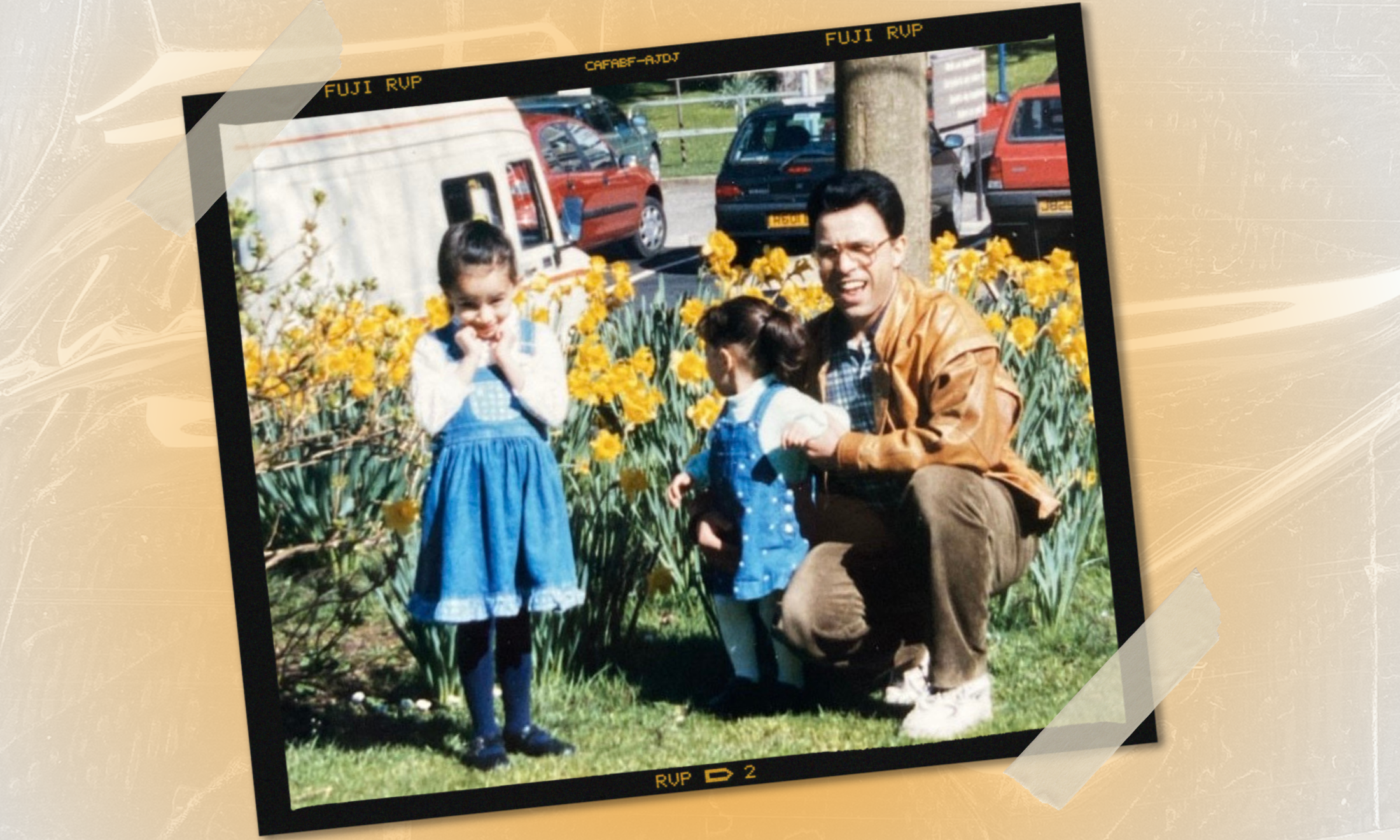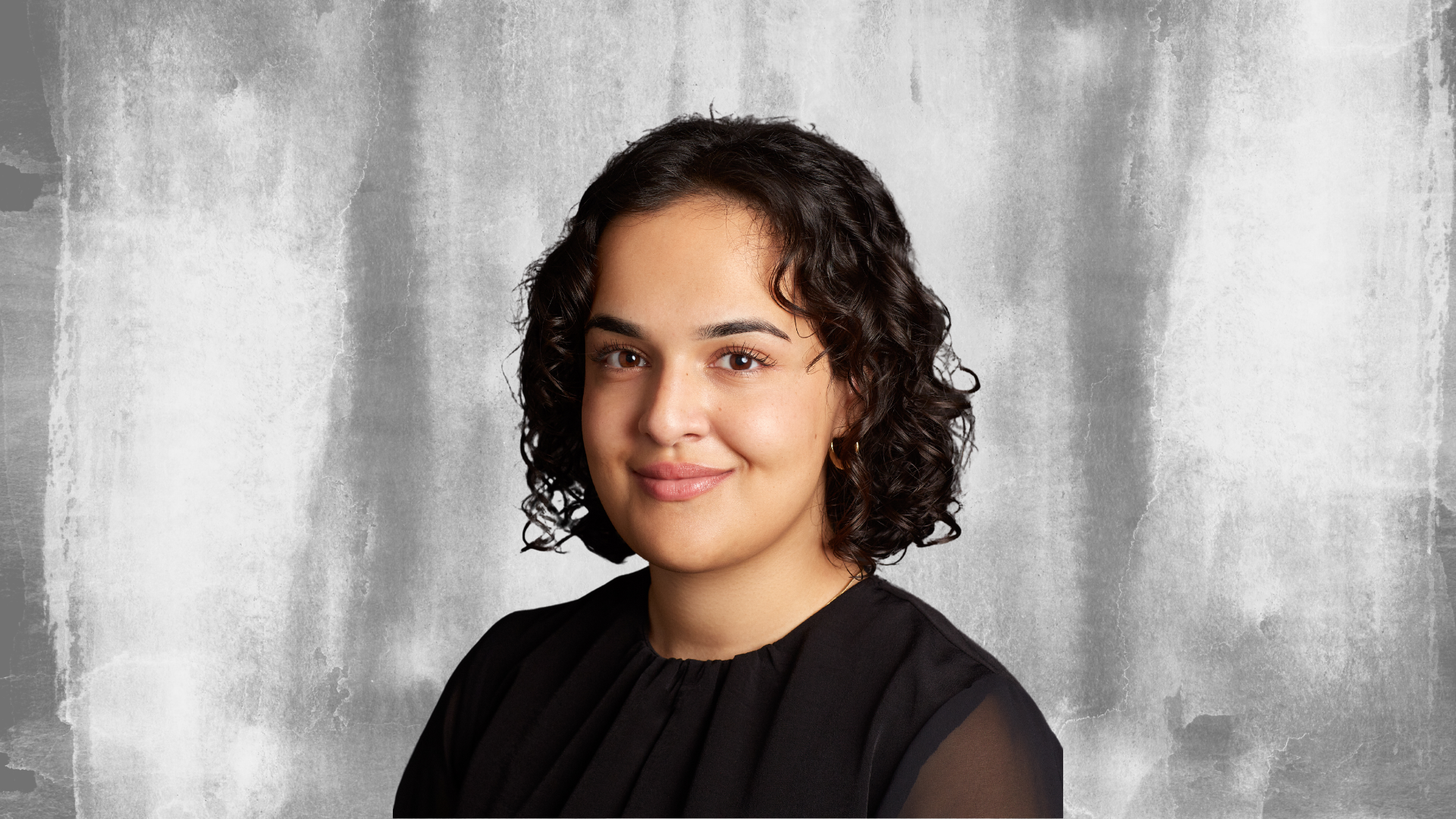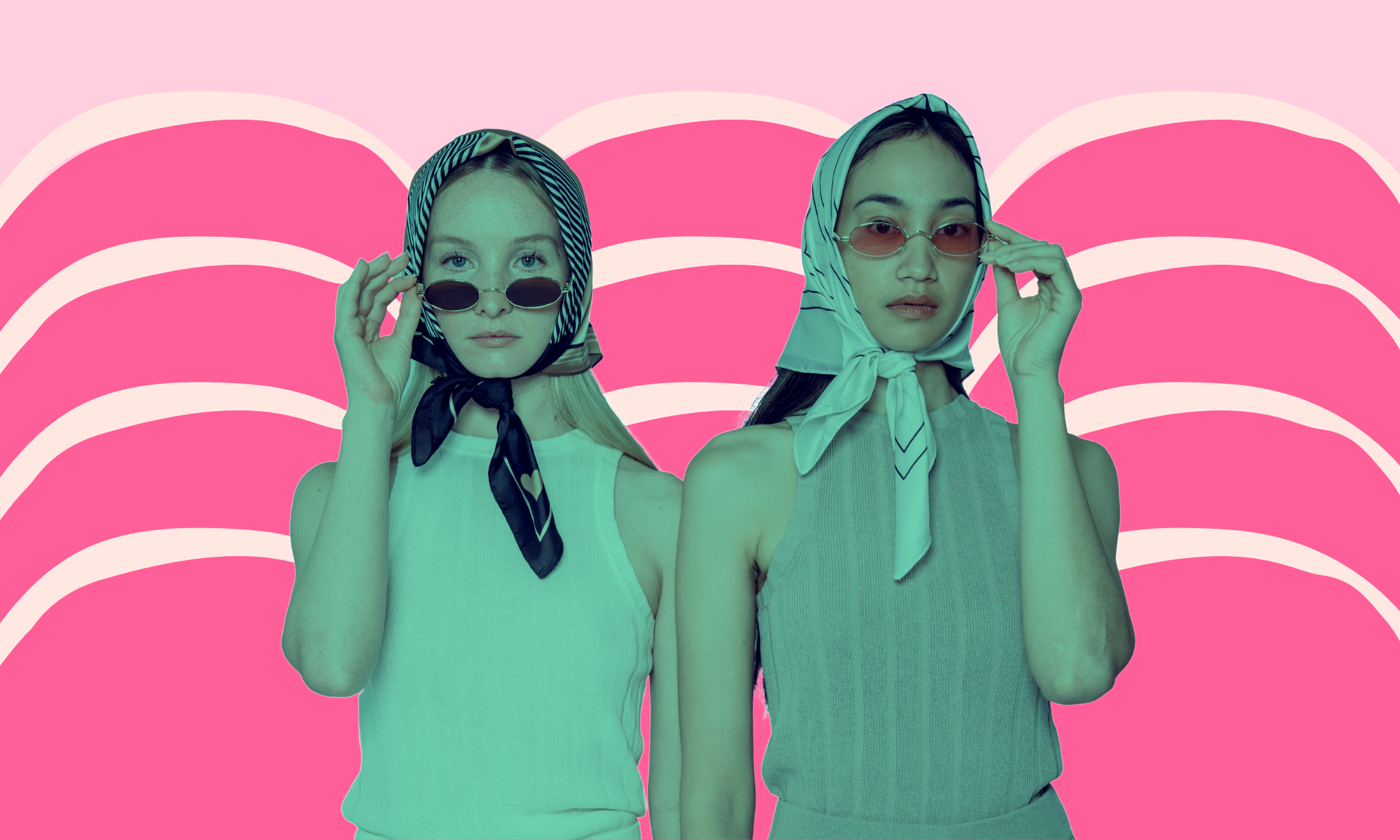
Donald Trump, potential US president, and every leftie’s worst nightmare, has recently sparked anger for his comments about the mother of late Pakistani-American Army Captain Humayun Khan.
Ghazala Khan, who was present at her husband’s heartwarming speech at the 2016 Democratic National Convention, was accused of being “oppressed” as Trump stated in an interview afterwards “If you look at his wife, she was standing there. Maybe she wasn’t allowed to have anything to say. You tell me.”
Whilst Trump’s comments about Ghazala Khan were unacceptable, they were hardly surprising. Ghazala later made a video stating that she did not speak at Convention because she struggled to hold back tears when looking at photos of her late son. The mainstream media was always going to support Trump’s view. Why? Because it is part of the norm in our society to view Muslim women as oppressed, and in desperate need of “Westernising”. What should have been an event honouring the son that gave his life to the country he loved was diverted away to a false narrative surrounding his mother.
Ghazala is an example of hundreds of Muslim women who have been subject to the same treatment. Whenever a Muslim woman is under the spotlight (a rarity), the media representations of her personality range from the seriously inaccurate to the downright ridiculous. The assumptions that she can take it off her hijab in a “free” Western country, to being asked if she “showers” with it on are just a few cases.
The media representations of Muslim women typically fall into three categories: the rich woman, the career woman and the impoverished, abused-by-her husband woman. The mainstream media’s attempt to slot Muslim women into these watertight categories are a direct attempt to overlook the achievements of Muslim women as a whole. They ignore the fact that Muslim women all have multi-faceted personalities, and belong to different cultures and backgrounds. Rather than educating the public about the issues and the struggles that Muslim women face, the media chooses to create small, digestible chunks of information to help the public understand what it means to be a Muslim woman.
Take the rich girl representation- Faryal Makhdoom, who you wouldn’t know unless I told you that she is boxer Amir Khan’s wife. Makhdoom has faced criticism for being a ‘stereotypical WAG‘. She is seldom referred to by her name, but as “Amir Khan’s wife”. She is portrayed in the right-wing media as having nothing of her own, with her husband being the source of all her wealth. This is all despite the fact that she is a student, a model, a makeup artist and a mother. This other side to Makhdoom affects the feng shui of the rich woman representation, as the media wants to reinforce the belief that Muslim men have complete control over the rights of Muslim women.
What about the impoverished woman? Muslim women who come from poorer or stricter backgrounds provide hot stories for the media. Malala Yousafzai’s fight for women to be educated touched the hearts of millions of people across the world. Although one cannot deny her bravery and the excellent work she is doing, her story simply fits the mould of what it is supposedly like to be a Muslim woman in a poorer country.
And it is not just real life examples. Dramas such a Murdered By My Father and films such as Slumdog Millionaire have gained a massive amount of success. These shows and films should be applauded for showcasing a great deal of uncomfortable cultural issues that exist within the South Asian community. The recent case of Samia Shahid, a British-Pakistani who was killed by her own family for marrying against their wishes demonstrates the reality of this. These issues can often be quite close to home, and still do occur in more traditional South Asian families. And whilst Slumdog Millionaire portrayed an accurate image of the shocking poverty in Indian society, it also made helped lift the child actors out of the poverty that they were living in before. However, it seems that whenever a Muslim woman, or a South Asian woman for that matter, is portrayed in the media, it occurs in a stereotypical and sometimes offensive manner. Otherwise, they are not shown at all.
But what about Muslim women who break these stereotypes by becoming career women? Kelvin MacKenzie’s recent attack on Channel 4’s news presenter Fatima Manji left many people shocked at his words. He stated that “the hijab is a sign of the slavery of Muslim women by a male- dominated and clearly violent religion.” It seems that when the privileged have the desire to try and erase Muslim women from the workplace, the only way is make racist remarks, particularly about their clothing. This completely disregards the fact that Manji is an excellent journalist, and had every right to cover the Nice attacks, as did her non-Muslim colleagues.
Countless other Muslim women such as American Olympic fencer Ibtihaj Muhammad, Bake-Off winner Nadiya Hussain and American judge Carolyn Walker have all made substantial achievements. These were quickly overlooked by the one thing these ladies had in common – they were all wearing hijabs on their heads. And since the media has deeply ingrained the notion that the hijab is a symbol of oppression and subjugation, it makes it impossible for Muslim women’s achievements to be truly appreciated; because even when she becomes the modern career woman, she is still oppressed internally by the religion that she follows.
So whilst these watertight representations of Muslim women are still continuing to be circulated by the media, there is little chance of Muslim women moving forward, even if we fly to the moon or find the cure for cancer. We need to abolish these stereotypes by putting Muslim women in positions of power, who can directly challenge these representations. Because nothing will scare straight white males like Trump and MacKenzie more than the idea of a Muslim woman becoming their equal. Or even worse, their superior.









